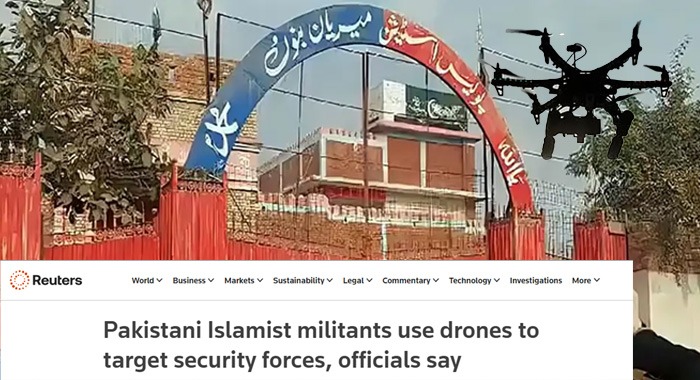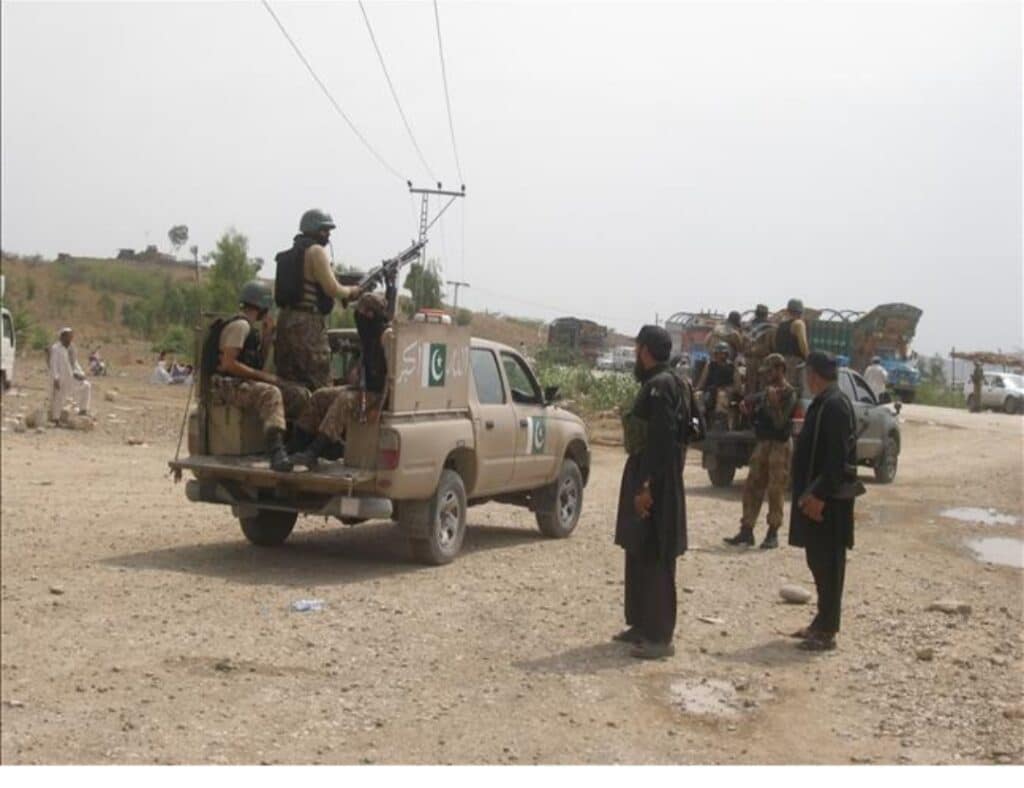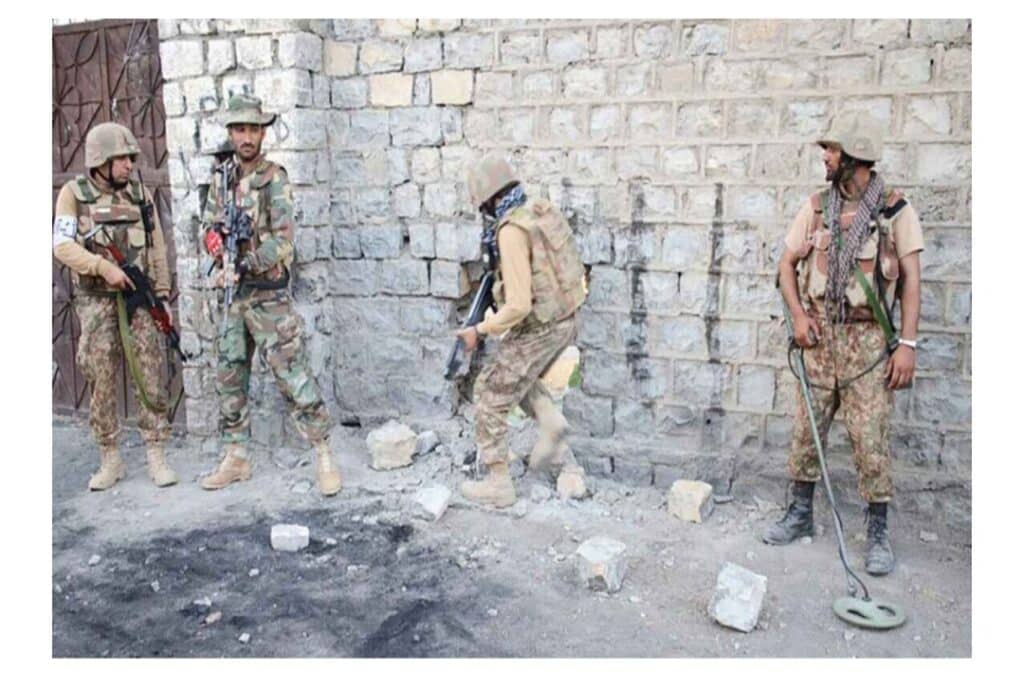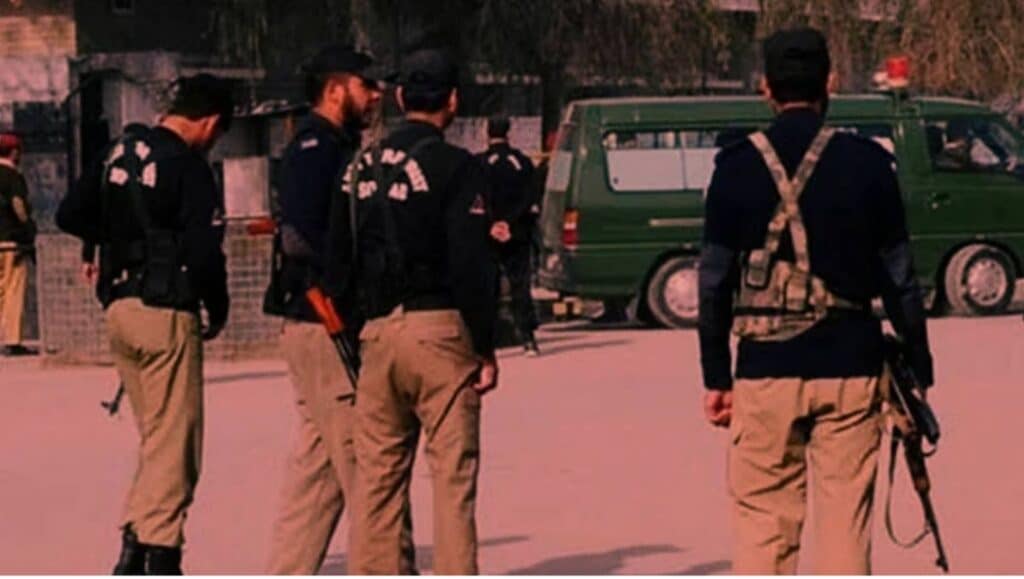A detailed Reuters investigation has revealed a chilling evolution in militant tactics in Pakistan’s northwestern borderlands: the use of commercial quadcopter drones by insurgents to target police and security installations. The shift marks a dangerous technological leap in the ongoing insurgency and highlights the widening disparity between militant capabilities and the state’s counterterrorism response.
In the span of just over two months, at least eight drone attacks have been carried out in and around Bannu district, security officials confirmed to Reuters. These attacks involved weaponized quadcopters dropping improvised explosive devices (IEDs) or mortar shells, some packed with iron fragments and ball bearings to inflict maximum harm.
One such attack earlier this month left a woman dead and three children injured when explosives dropped from a drone targeting a police station landed on a nearby home, according to police officer Muhammad Anwar. In another recent incident, security personnel managed to shoot down a drone hovering over a police facility it was carrying a live mortar shell.
“This isn’t just a new tactic, it’s a new battlefield,” said Regional Police Chief Sajjad Khan. “Militants are now experimenting with airborne weapons systems. Though they’ve yet to achieve precision, each attempt brings them closer.” The Reuters report underscores the vulnerability of Pakistan’s frontline forces, particularly the police, who remain ill-equipped to counter aerial threats. Khyber Pakhtunkhwa Inspector General Zulfiqar Hameed acknowledged the imbalance in an interview with Geo News: “We do not possess the technology to intercept or neutralize drones. The militants are, quite simply, better equipped.” While no group has claimed responsibility, suspicion centers on the Tehreek-e-Taliban Pakistan (TTP). However, the group denied operational drone use in a response to Reuters, stating: “We are trying to acquire this technology.”
The Reuters investigation also cites data from the Pakistan Institute for Peace Studies (PIPS), which reported 335 terrorist attacks across the country in 2024, resulting in 520 deaths. Analysts believe the introduction of drone warfare — even in its rudimentary form signals a transformative threat to internal security.
Meanwhile, fear is spreading across the civilian population. In recent weeks, thousands of residents in Pakistan’s border regions have staged protests, not only against the rising militant violence but also against concerns of an impending military operation. Protesters referenced the devastating human cost of the 2014 military offensive, which displaced hundreds of thousands of residents for prolonged periods. The Pakistan Army has not issued any formal comment in response to the Reuters findings or the growing speculation surrounding a new anti-militant operation.
Experts say the use of drones by militants could represent a strategic turning point. Unless Pakistan’s security forces are urgently equipped with anti-drone systems, electronic jamming equipment, and early-warning radar, the country risks entering a new phase of asymmetric warfare one that plays directly to the strengths of decentralized insurgent networks.





